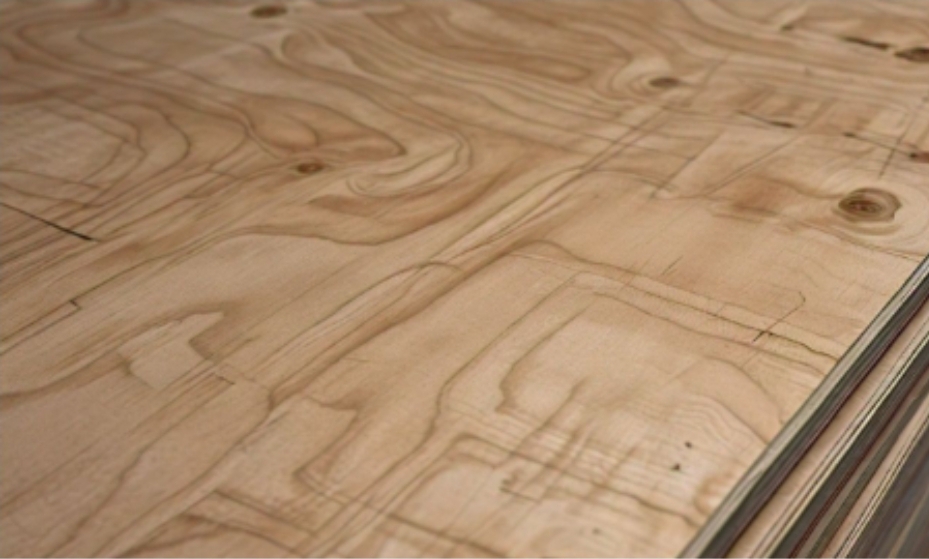Plywood is a versatile and widely used material in various industries, from construction to furniture making. However, with so many different grades available, it can be challenging to choose the right one for your project. In this blog post, we’ll explore the different grades of plywood, their characteristics, and their best uses.
What is Plywood?
Plywood is an engineered wood product made by gluing together several thin layers of wood veneers. The direction of the wood grain alternates with each layer, which increases the strength and reduces the tendency to warp or split1.
Common Plywood Grades
Plywood is categorized into several grades based on the quality of the veneers used and the number of defects, such as knots and splits. Here are the most common grades:
- A-Grade Plywood: This is the highest quality grade, featuring a smooth, blemish-free surface suitable for visible applications. It’s often used in high-end furniture and cabinetry.
- B-Grade Plywood: This grade has a slightly lower quality surface than A-grade, with some minor defects like small knots or discoloration. It’s still suitable for visible applications and can be painted or stained.
- C-Grade Plywood: This grade has a more rustic appearance, with more visible defects and knots. It’s often used for structural applications where appearance is not a priority, such as subfloors or concrete forms.
- D-Grade Plywood: This is the lowest quality grade, with significant defects and knots. It’s primarily used for structural applications where appearance is not a concern.
- CDX Plywood: This is a common structural grade plywood that features a C-grade face and a D-grade back. It’s often used for roof sheathing, wall sheathing, and other exterior applications.
Specialty Plywood Grades
In addition to these standard grades, there are specialty grades designed for specific purposes:
- Exterior Plywood: This type of plywood is designed for outdoor use, with layers bonded using waterproof glue. It offers excellent resistance to weather-related damage.
- Marine Plywood: Marine plywood is a high-quality structural plywood that is resistant to water damage. It’s often used for outdoor projects like gazebos, benches, and planter boxes.
- Hardwood Plywood: This type of plywood features layers made from hardwoods like oak, maple, or birch. It’s often used in furniture making, sports equipment construction, and musical instrument production.
- Overlaid Plywood: Overlaid plywood features a finished face that enhances its appearance and protects it from scratches and water damage.
Choosing the Right Grade
When selecting a grade of plywood for your project, consider factors such as exposure to moisture, structural needs, and the importance of appearance. A-grade plywood is best for visible surfaces, while C or D grades are more suitable for structural applications where the plywood won’t be seen.
Conclusion
Understanding the different grades of plywood is crucial for selecting the right material for your project. Each grade has its unique properties and ideal uses, from high-end furniture making to construction work. By choosing the appropriate grade, you can ensure the quality and longevity of your project.
